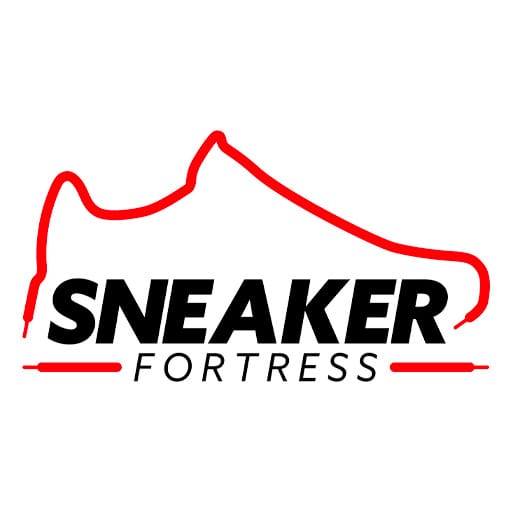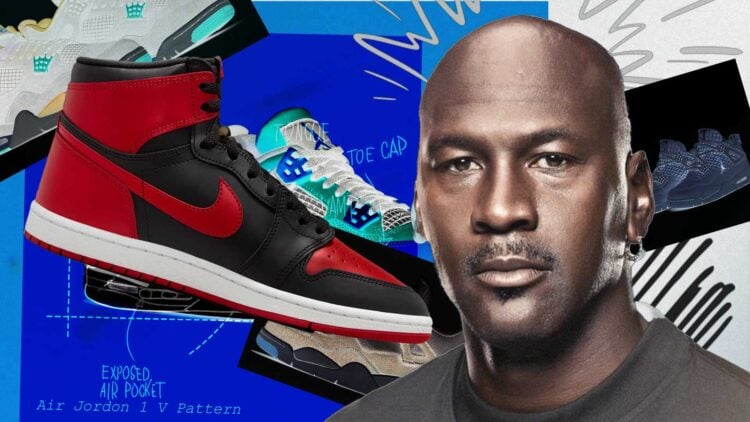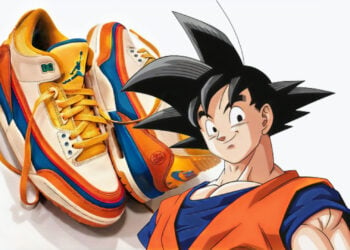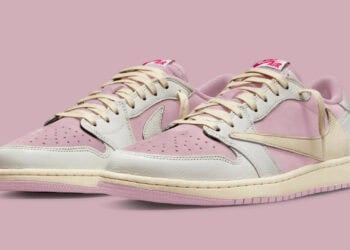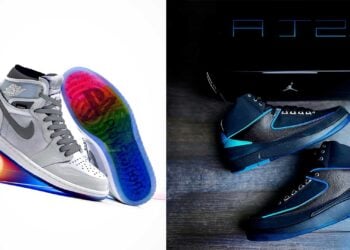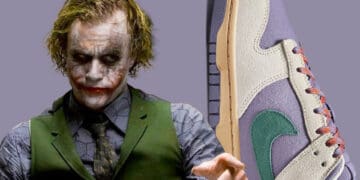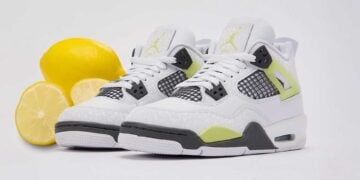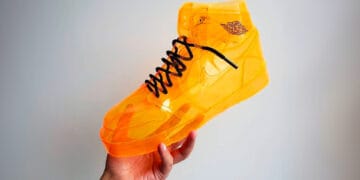Back in 1984, Nike bet $2.5 million on a rookie named Michael Jordan, who wasn’t even the top draft pick. The gamble birthed the Air Jordan 1, a shoe so cool it got banned by the NBA. Fans didn’t care. They just wanted to “Be Like Mike.” And honestly, who wouldn’t? Here’s a list of every Jordan silhouette (40 in total) that’s been released since.
Air Jordan 1
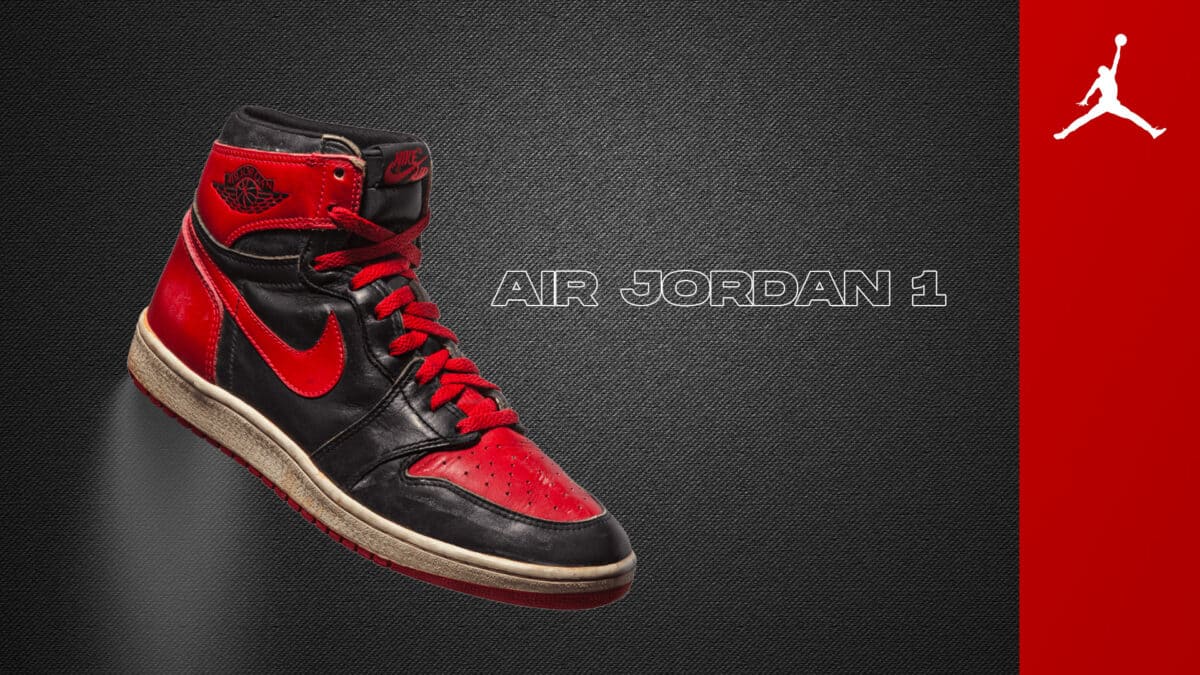
In 1984, Nike teamed with rookie Michael Jordan and designer Peter Moore to craft the Air Jordan 1. Many attribute the Air Jordan 1 to the beginning of sneaker culture. The NBA-banned sneaker is still making waves 40 years later.
Air Jordan 2
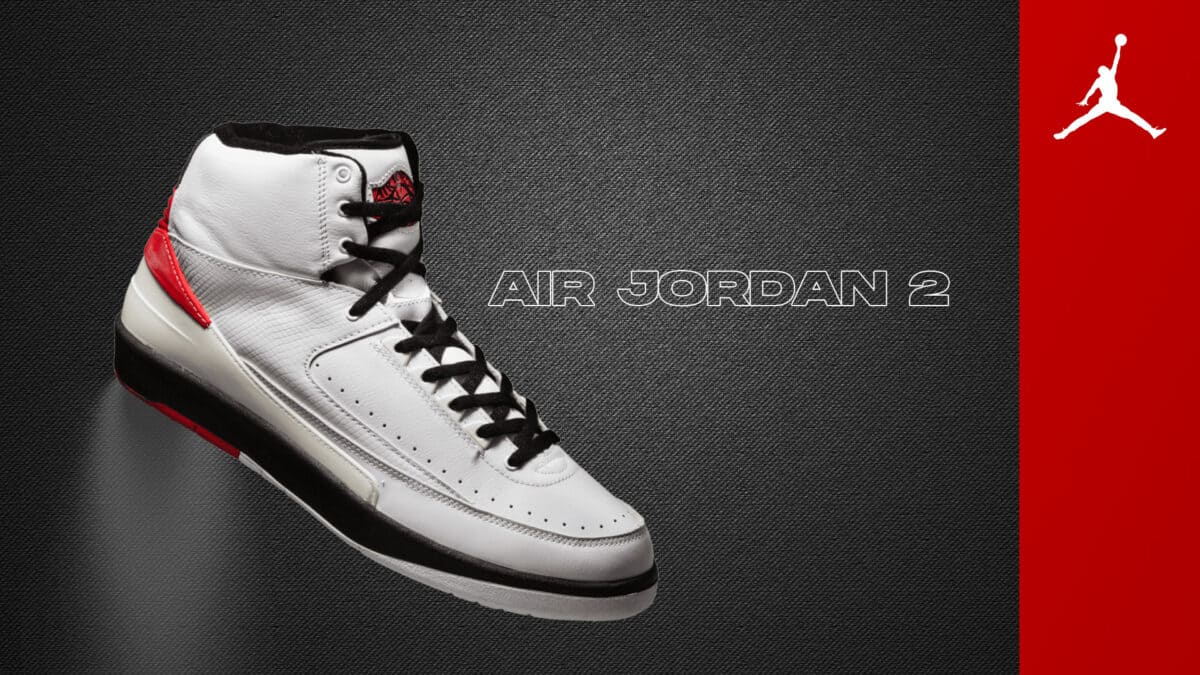
In 1986, Nike called on Bruce Kilgore. He created the Air Jordan 2, a sneaker crafted in Italy, wrapped in premium leather, and designed with Nike’s Air-Sole tech. However, it went on to be a controversial sneaker, as Michael Jordan himself didn’t really like the design.
Air Jordan 3

In 1988, Tinker Hatfield turned Michael Jordan’s love for luxury cars into a sneaker. The Air Jordan 3 debuted with elephant print, visible Air, and that legendary Jumpman logo. Then Jordan flew from the free-throw line, and the crowd lost it.
Air Jordan 4
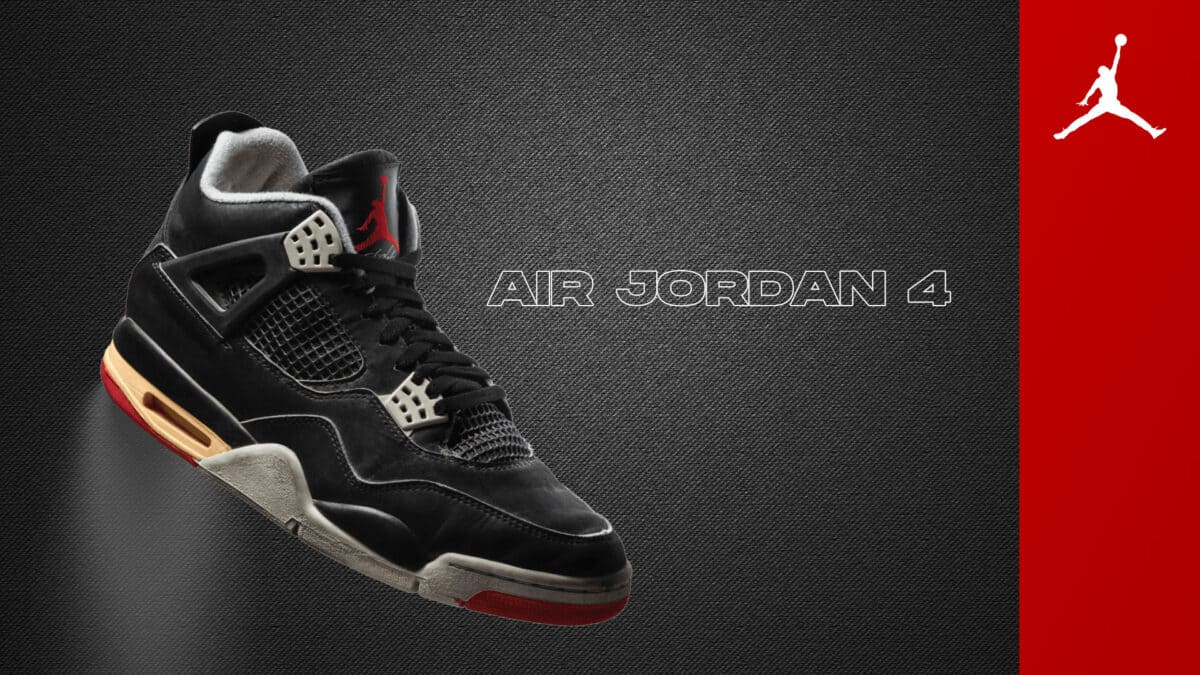
In 1989, Michael Jordan ruled the court, and Tinker Hatfield ruled sneaker design. Spike Lee wore the Air Jordan 4 in Do the Right Thing, and it became legendary.
Air Jordan 5
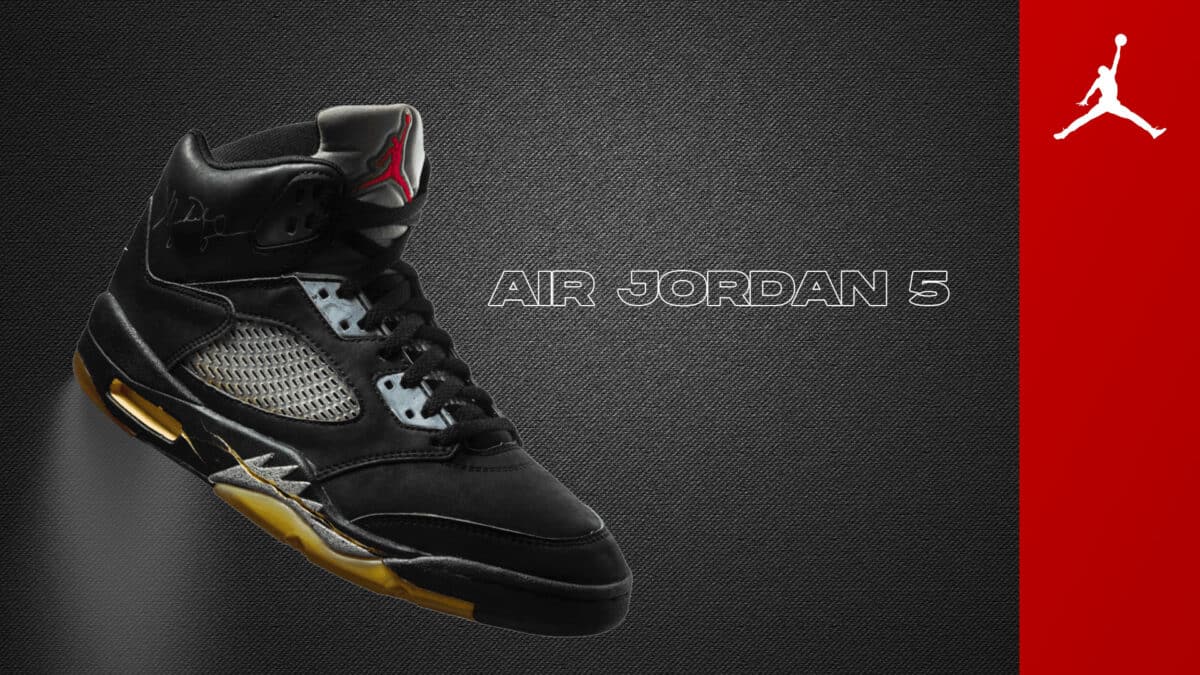
In 1990, Michael Jordan dropped 69 points on the Cavs while rocking Tinker Hatfield’s Air Jordan 5, a sneaker inspired by fighter jets.
Air Jordan 6

In 1991, Michael Jordan finally grabbed his first NBA title, and the Air Jordan 6 was right there for it. Designed by Tinker Hatfield, inspired by MJ’s love of fast cars, it packed a lace toggle and Air cushioning.
Air Jordan 7
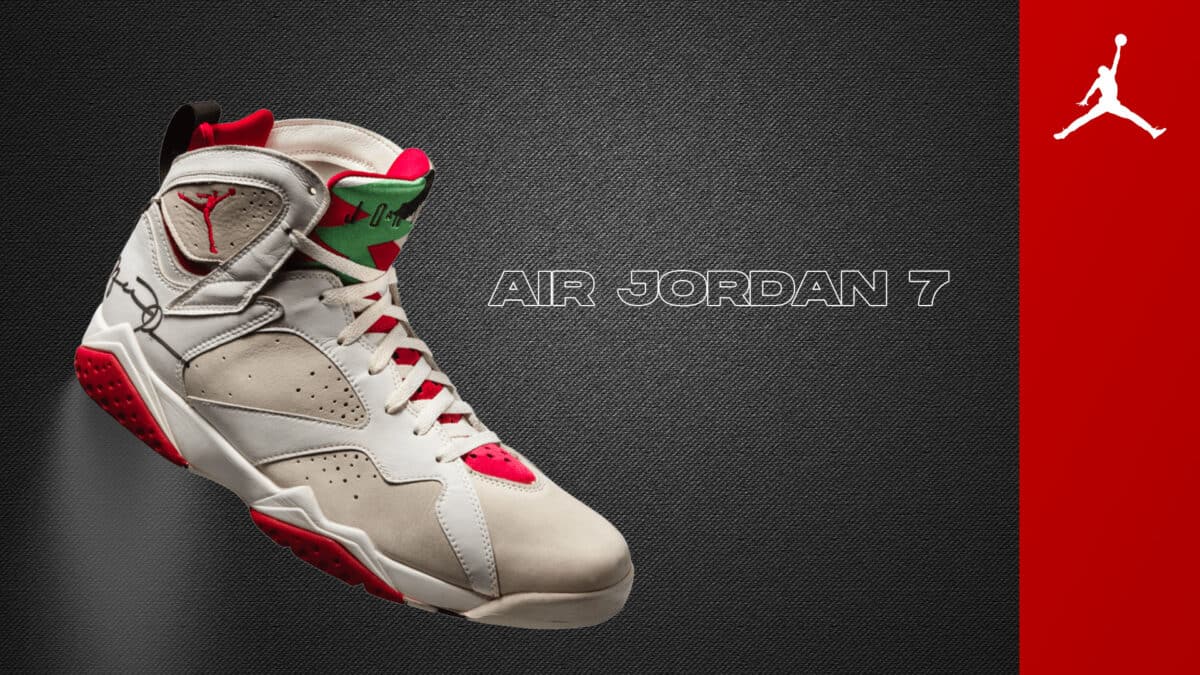
By 1992, Tinker Hatfield couldn’t miss. The Air Jordan 7, inspired by African tribal art, hit courts and Olympic podiums alike. Michael Jordan rocked them while snagging his second NBA title and a gold medal in Barcelona.
Air Jordan 8
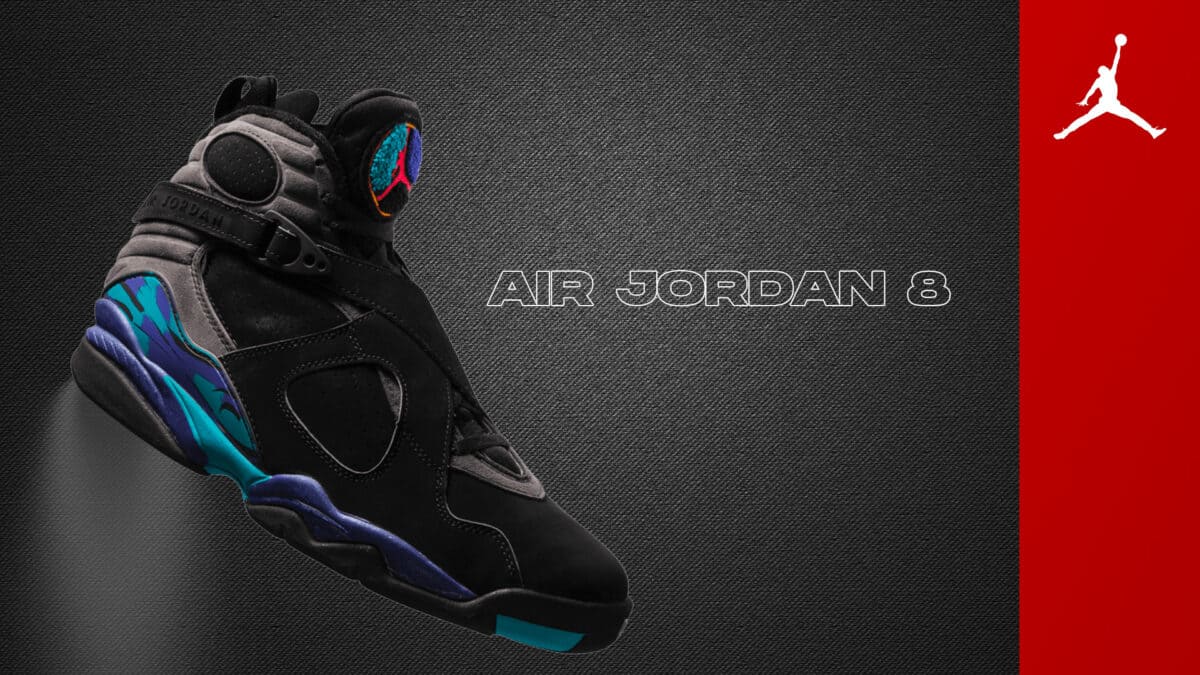
In 1993, Michael Jordan sealed his legendary three-peat wearing Tinker Hatfield’s Air Jordan 8. Those bold straps weren’t just for show—they locked in his focus.
Air Jordan 9
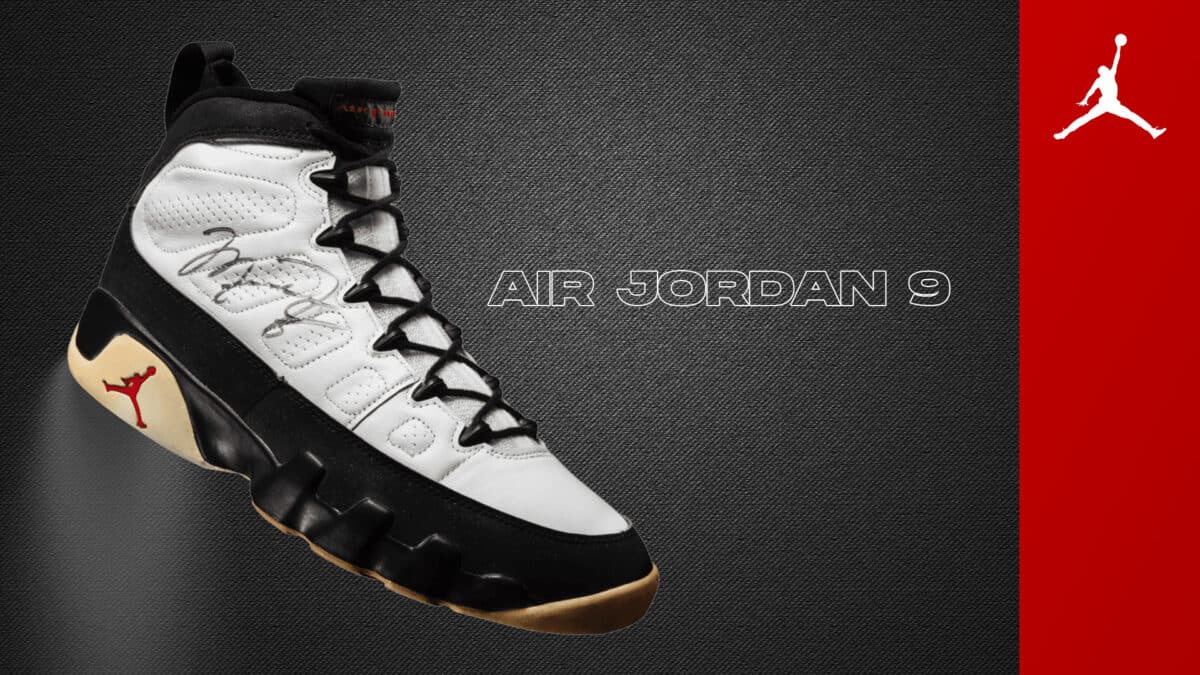
When Michael Jordan retired in 1993, Tinker Hatfield turned nostalgia into design. The Air Jordan 9 celebrated MJ’s global impact with Japanese-inspired details and sleek comfort. Jordan wasn’t on the court, but his legacy was.
Air Jordan 10

When Michael Jordan returned in 1995, he wore the Air Jordan 10, a sneaker stamped with his career milestones.
Air Jordan 11

In 1996, Michael Jordan wore the Air Jordan 11. With its glossy patent leather and translucent sole, it turned courts into catwalks. From Space Jam fame to the Bulls’ 72-win season, the XI defined cool. It remains Michael Jordan’s favourite sneaker of all time.
Air Jordan 12
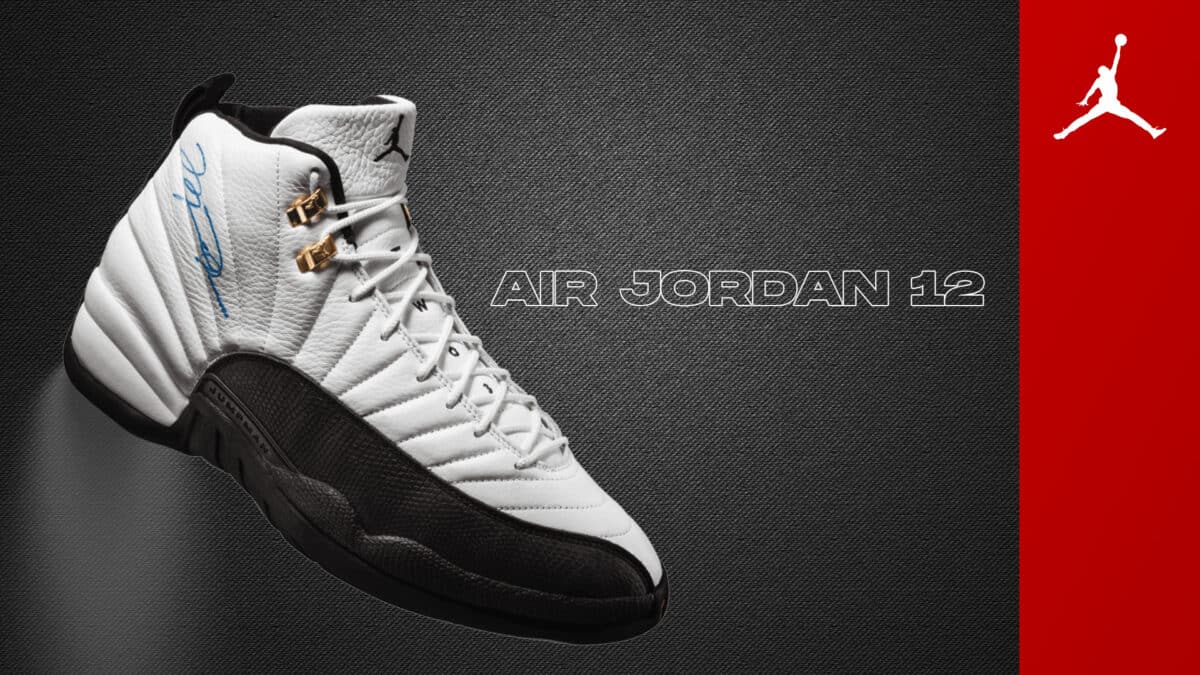
In 1997, the Air Jordan 12 turned heads. Inspired by Japan’s Rising Sun and MJ’s obsession with fast cars, it mixed sleek leather with corset-style eyelets for support and swagger.
Air Jordan 13

In 1998, the Air Jordan 13 prowled onto the court with Black Cat energy. Tinker Hatfield channelled MJ’s stealth and speed into a sleek design, complete with a holographic panther eye and Zoom Air cushioning.
Air Jordan 14
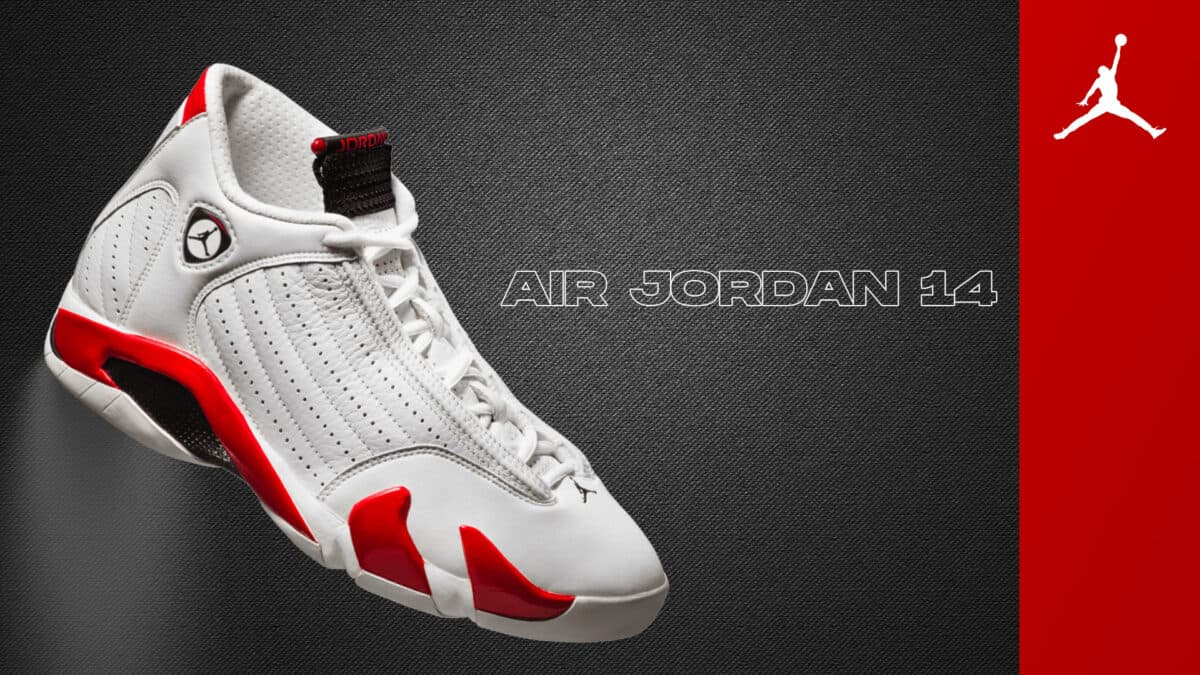
In 1998, Michael Jordan drove the Bulls to a sixth title wearing the Ferrari-inspired Air Jordan 14. Designed by Tinker Hatfield, its sleek lines and midfoot shroud screamed speed. As MJ hit that legendary Finals shot, the XIV became more than a sneaker.
Air Jordan 15
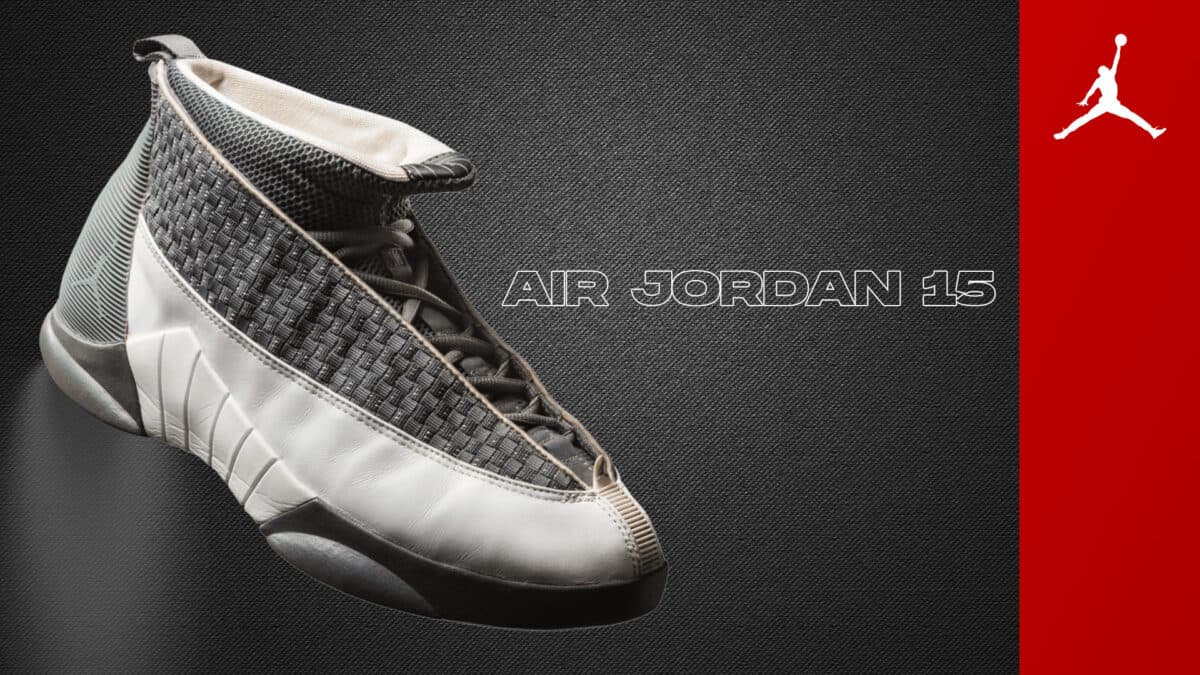
The Air Jordan 15 split fans. Inspired by the X-15 fighter jet, its bold “shroud” tongue turned heads and sparked jokes. Jordan never wore it, but that didn’t stop Tinker Hatfield’s oddball design from earning cult status.
Air Jordan 16
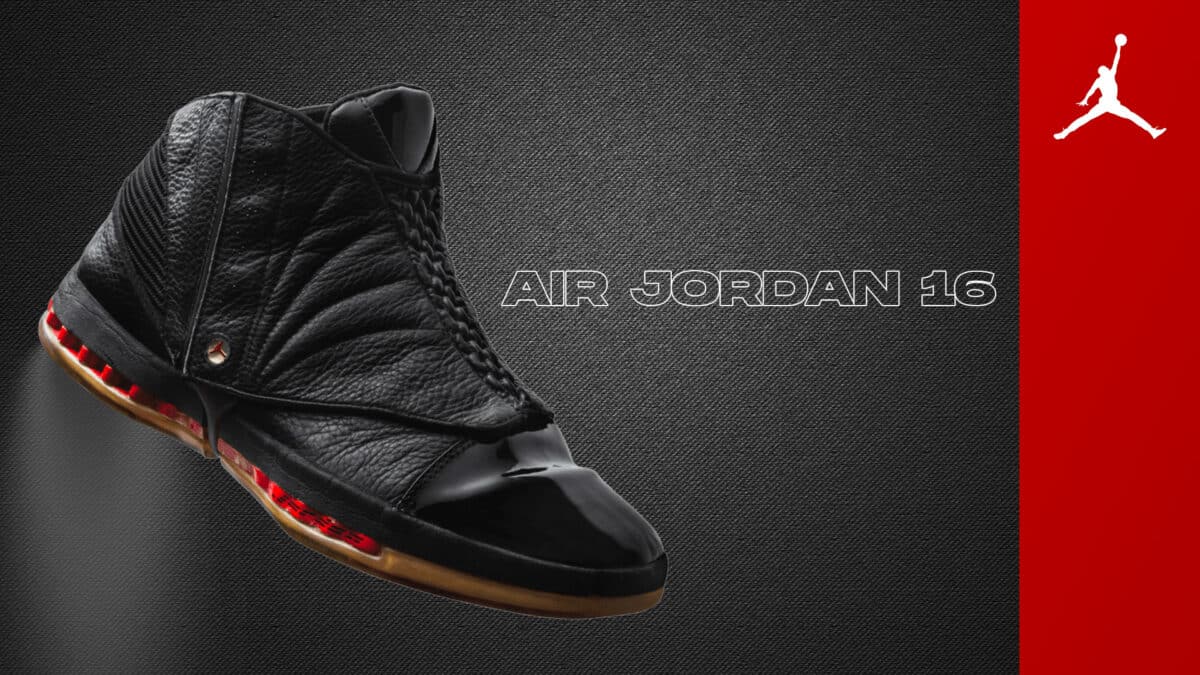
In 2001, Wilson Smith III took over design duties and dropped the Air Jordan 16, a mix of Italian dress shoe polish and on-court power. With its patent toe and removable gaiter, it was MJ’s comeback fit for the Washington Wizards era.
Air Jordan 17
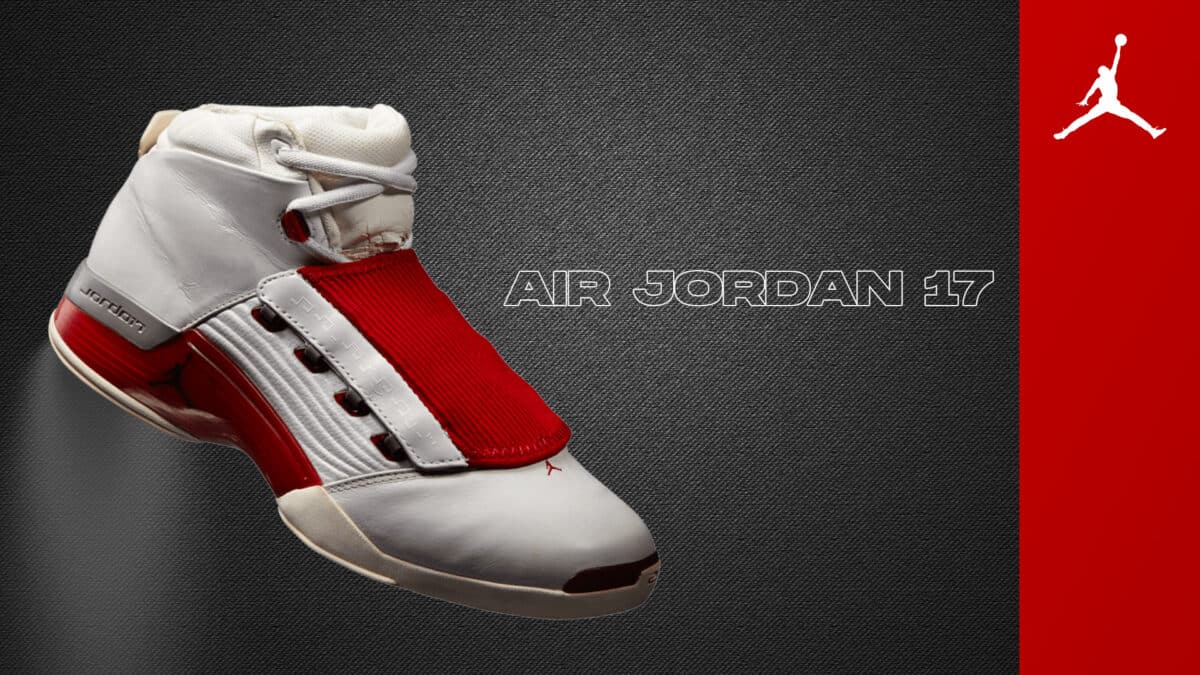
In 2002, Michael Jordan’s comeback hit a high note with the Air Jordan 17, a jazz-inspired masterpiece co-created with Wilson Smith III. It packed a carbon fibre plate and a removable strap.
Air Jordan 18
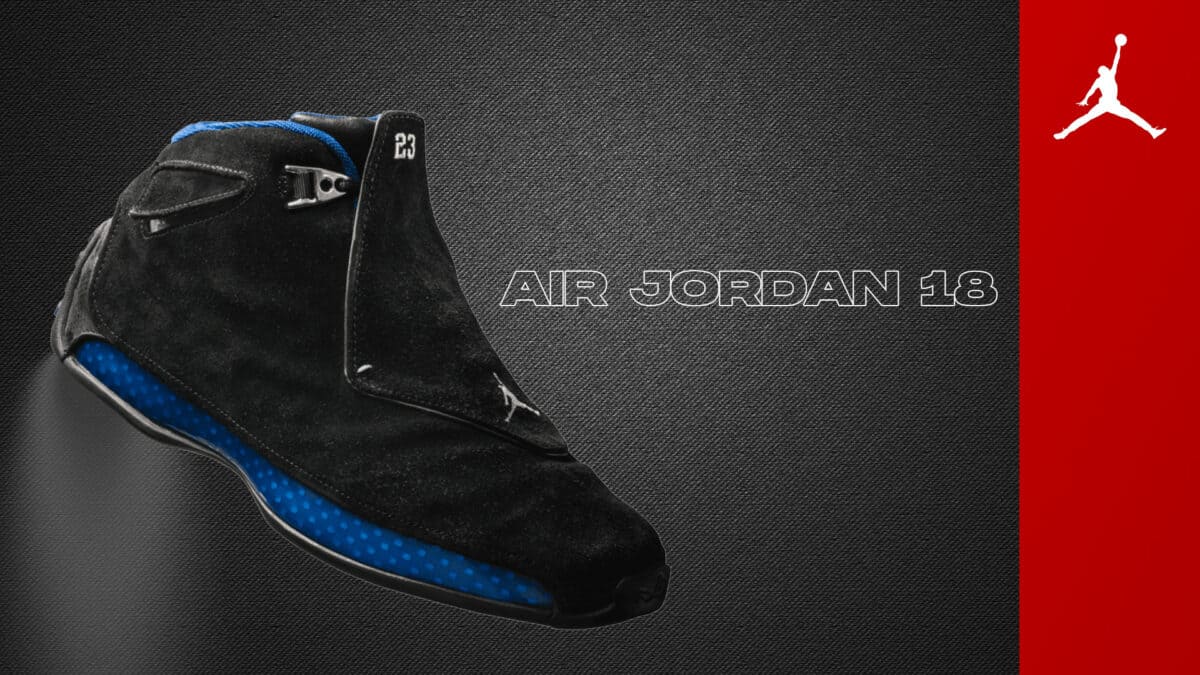
In 2003, as Michael Jordan stepped away for the final time, Nike dropped the Air Jordan 18, a classy farewell crafted by Tate Kuerbis and Mark Smith. Wrapped in suede and elegance, it hid its laces and cushioned every step.
Air Jordan 19
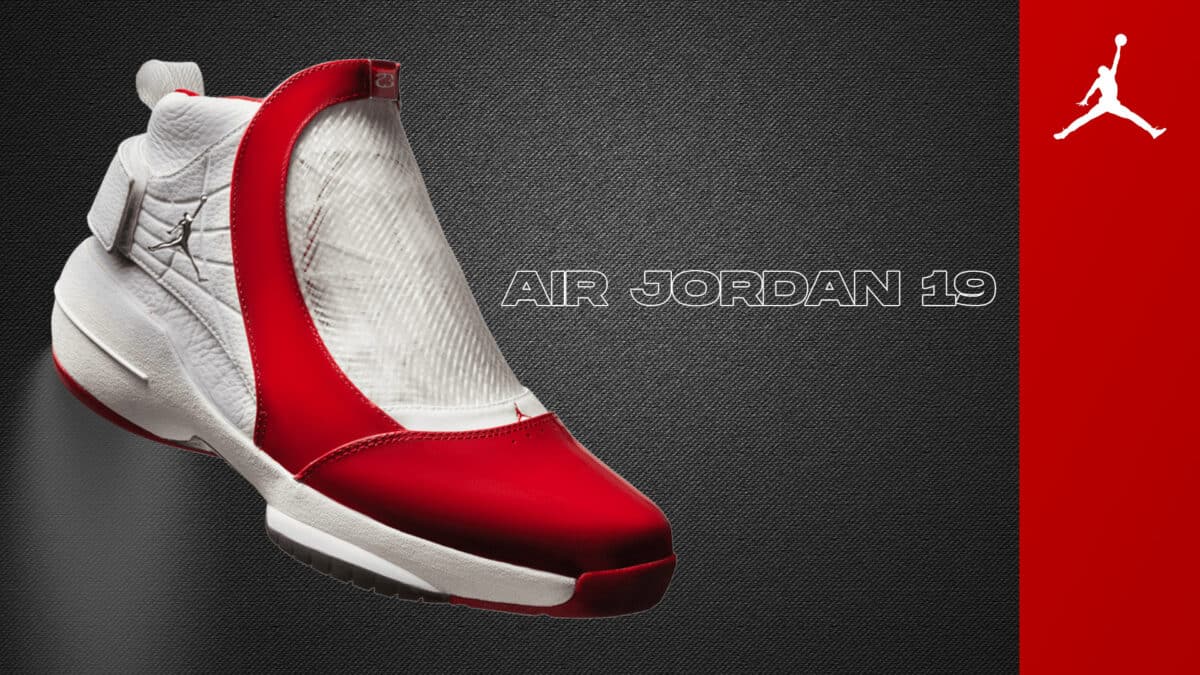
In 2004, the Air Jordan 19 slithered onto the scene, inspired by the black mamba’s sleek menace. Tate Kuerbis gave it bite with Tech Flex mesh, Zoom Air comfort, and reptilian flair.
Air Jordan 20
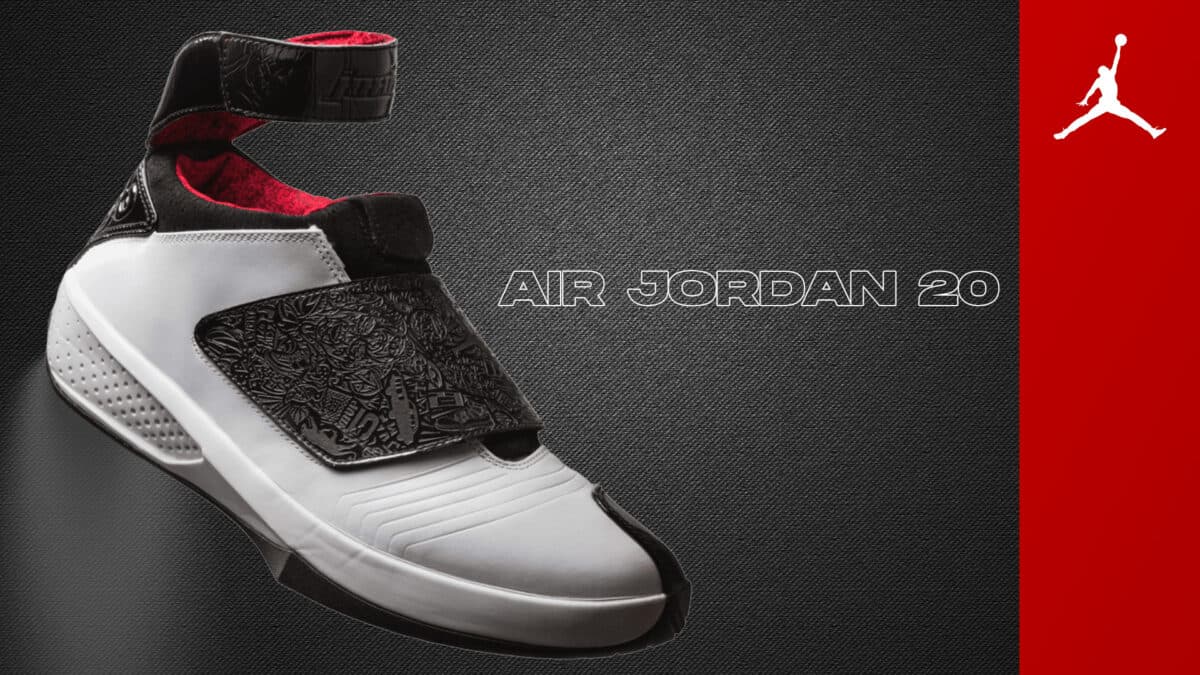
In 2005, Tinker Hatfield returned to craft the Air Jordan 20, a love letter to MJ’s legacy. With laser-etched icons, a sleek lace cover, and dimples nodding to that 69-point Cavs game, it was storytelling stitched in leather.
Air Jordan 21

A year later, the Air Jordan 21 followed with stitched “23s,” carbon fibre support, and Zoom Air comfort.
Air Jordan 22
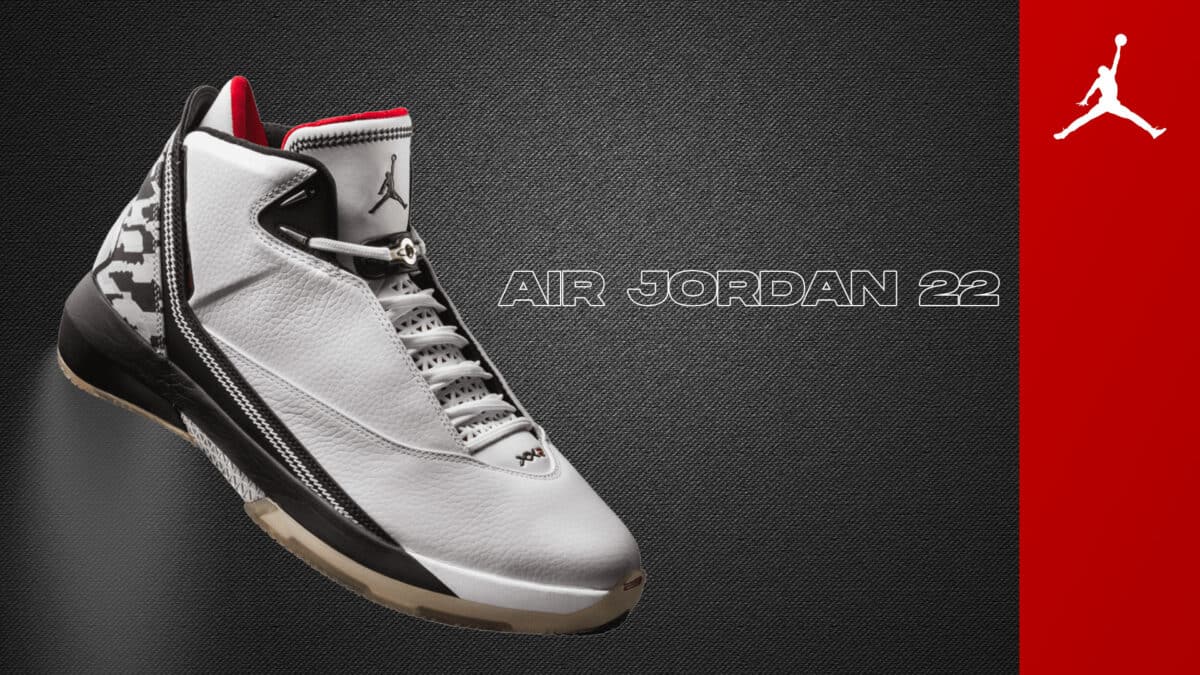
In 2007, D’Wayne Edwards took flight with the Air Jordan 22, a sneaker built like a stealth jet. Inspired by the F-22 Raptor, it packed interchangeable Zoom pods, killer traction, and a shank plate for balance.
Air Jordan 23
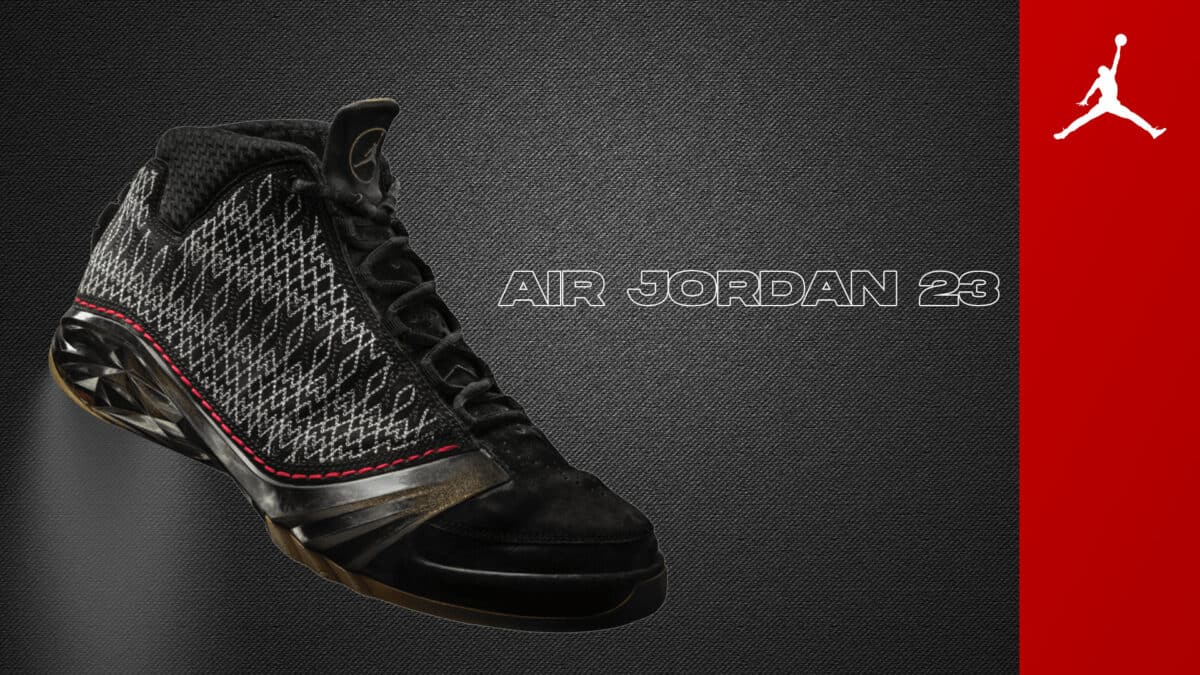
In 2008, Tinker Hatfield and Mark Smith turned the Air Jordan 23 into wearable art. Featuring MJ’s thumbprint on the tongue and DNA-inspired stitching, it stitched his legacy—one thread, one triumph, one signature at a time.
Air Jordan 24
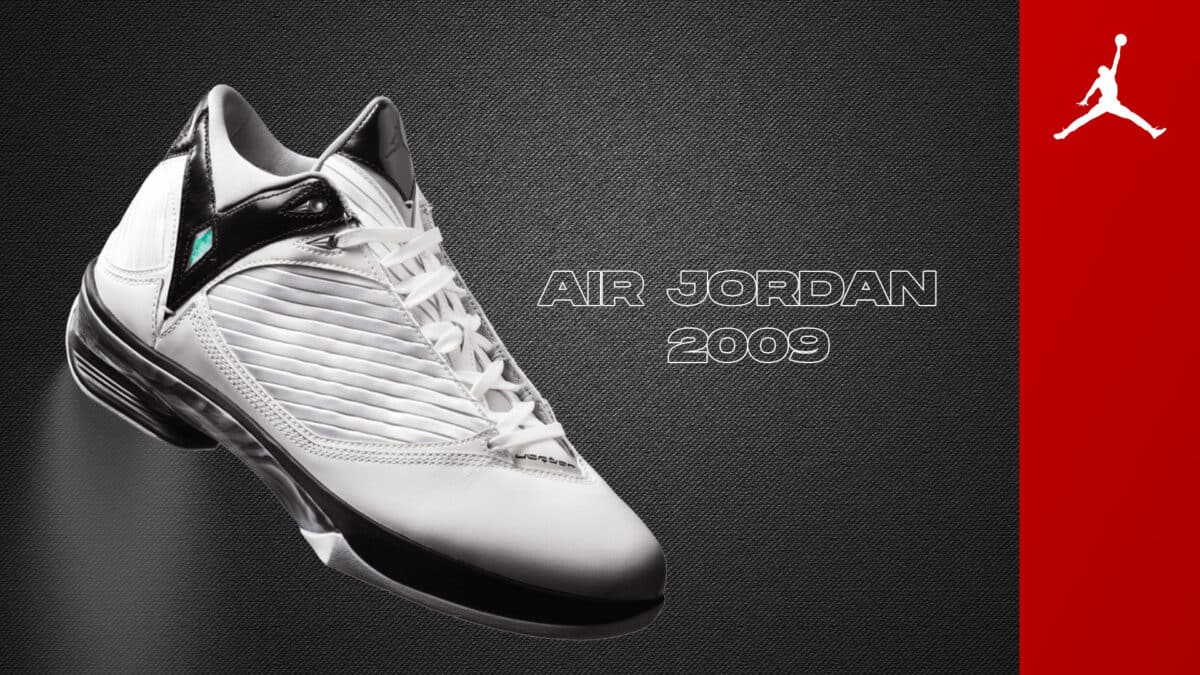
In 2009, designer Jason Mayden swapped swords for sneakers with the fencing-inspired Air Jordan 2009. Featuring diamond-cut mesh and a sleek lace cover, it honoured MJ’s defensive brilliance.
Air Jordan 25
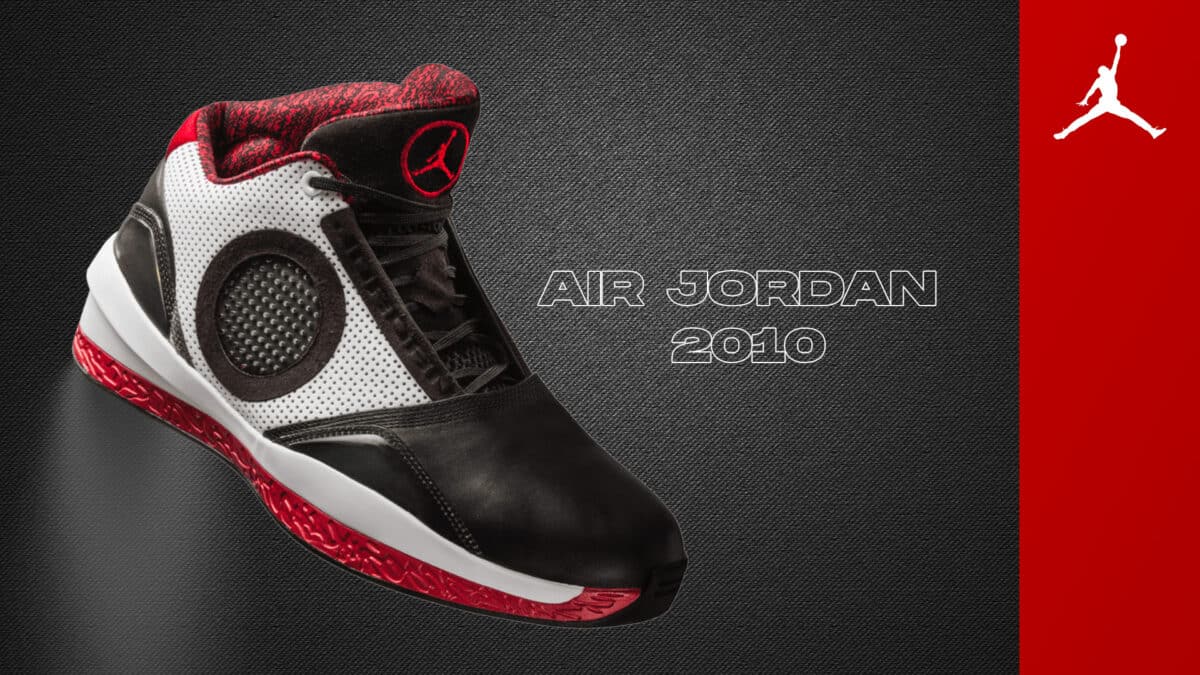
In 2010, Tinker Hatfield returned with the Air Jordan 2010, a sneaker that literally let you see greatness. Its transparent TPU windows gave a peek inside, while Zoom Air cushioning kept things sharp on the court.
Air Jordan 26
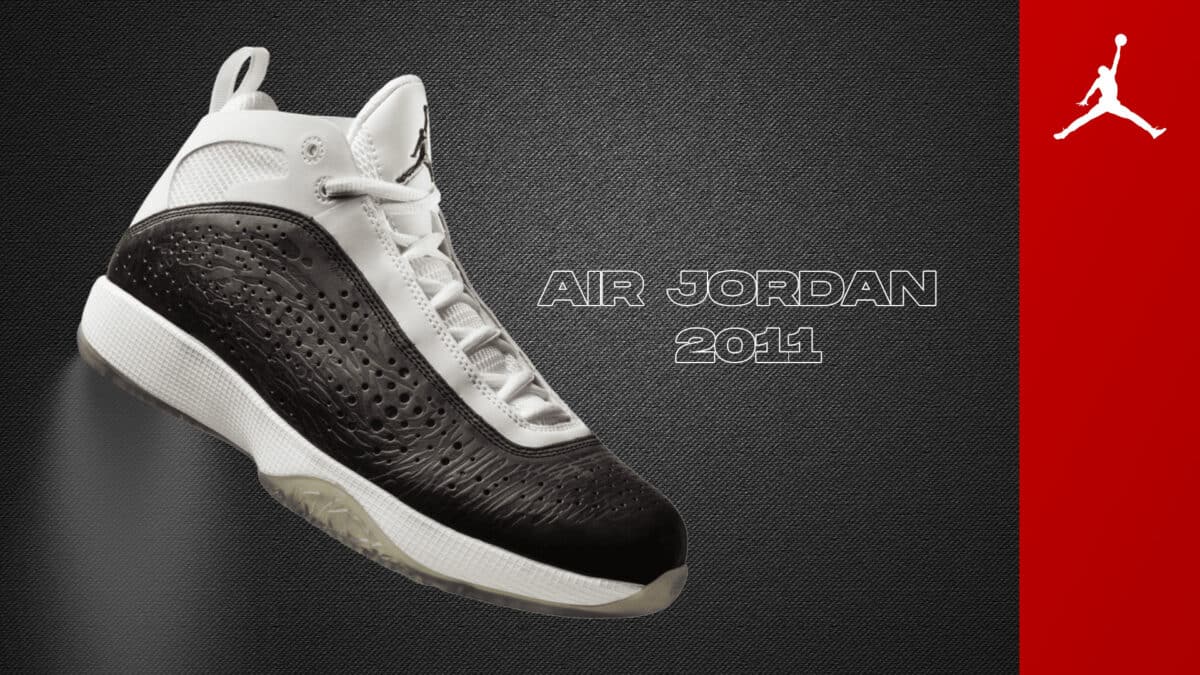
In 2011, Tinker Hatfield and Tom Luedecke redefined control with the Air Jordan 2011. Its interchangeable midsoles let players tailor cushioning to their game, while patent leather and mesh brought the swagger.
Air Jordan 27
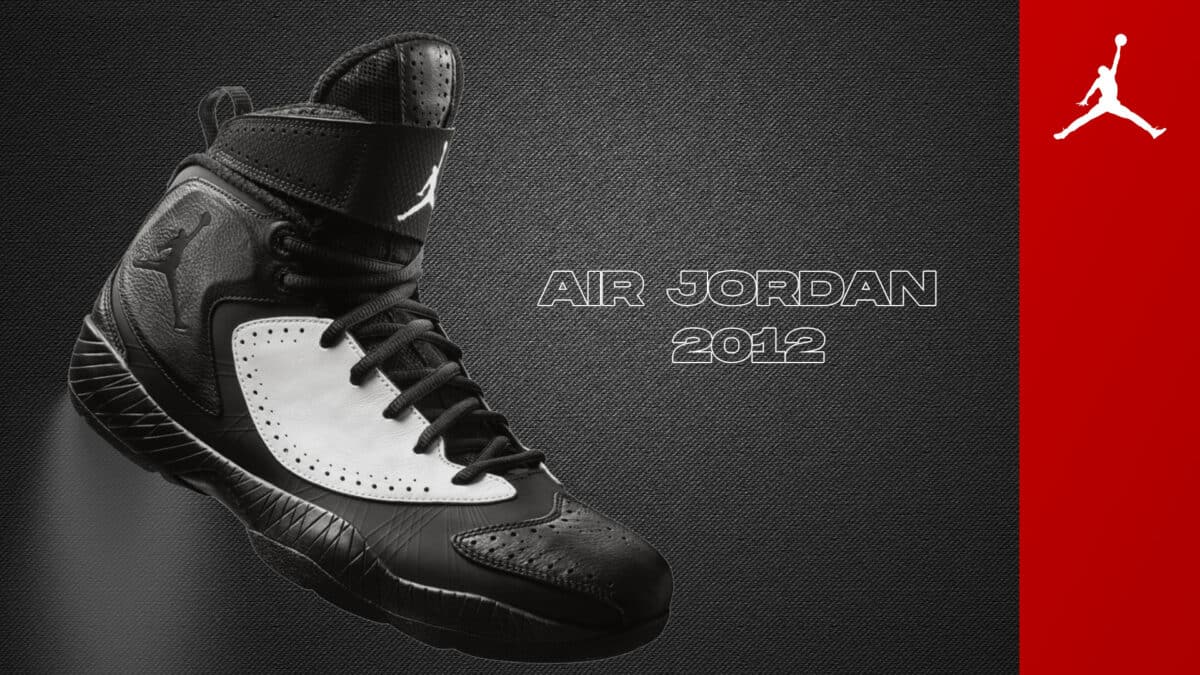
In 2012, Tinker Hatfield and Tom Luedecke designed the Air Jordan 2012. Its “One Shoe, Three Flights” system let players swap inner sleeves for speed, bounce, or support.
Air Jordan 28

In 2013, designer Josh Heard channelled Russell Westbrook’s fearless energy into the Air Jordan 28. Its zip-up shroud and Flight Plate tech fused attitude with performance.
Air Jordan 29

In 2014, Tinker Hatfield and Josh Heard rewove sneaker history with the Air Jordan 29, the first woven basketball shoe. Light, breathable, and form-fitting, it felt custom-made for every move.
Air Jordan 30

In 2016, Tinker Hatfield marked 30 years of sneaker royalty with the Air Jordan 30. Inspired by MJ’s legacy, it fused a woven upper with FlightSpeed tech for explosive performance.
Air Jordan 31
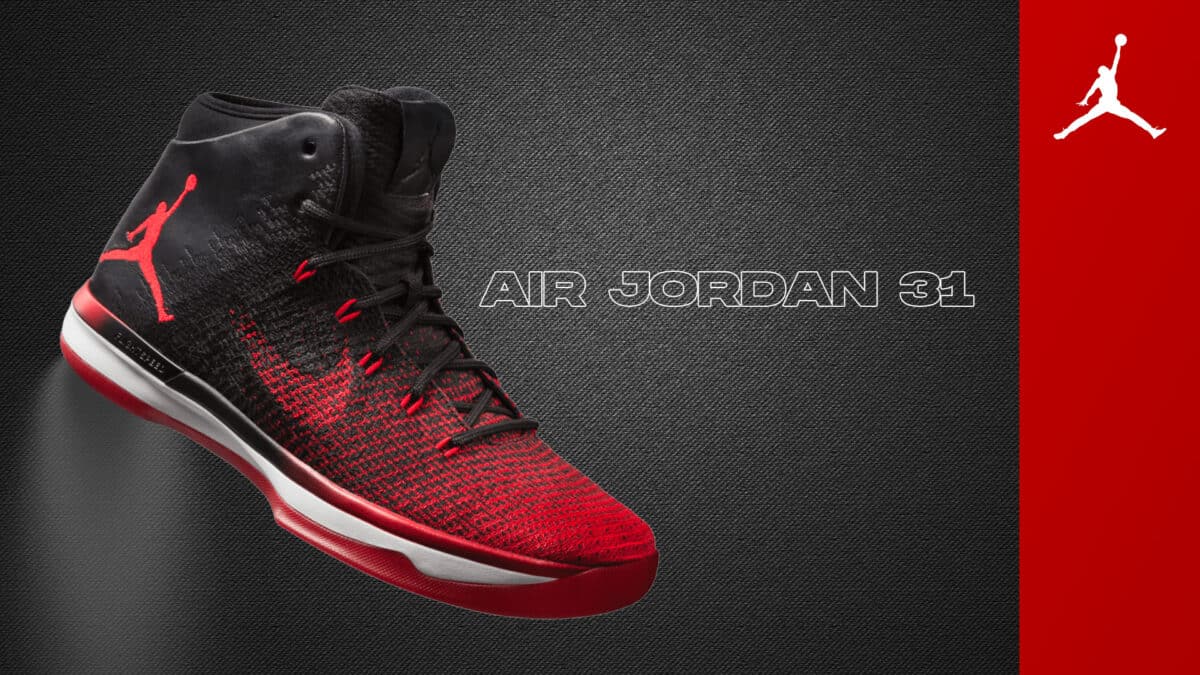
In 2016, the Air Jordan 31 hit the hardwood as Russell Westbrook’s fiery rise met Jordan heritage. Blending Flyweave tech with the classic “Wings” logo and Swoosh, it bridged eras of dominance.
Air Jordan 32
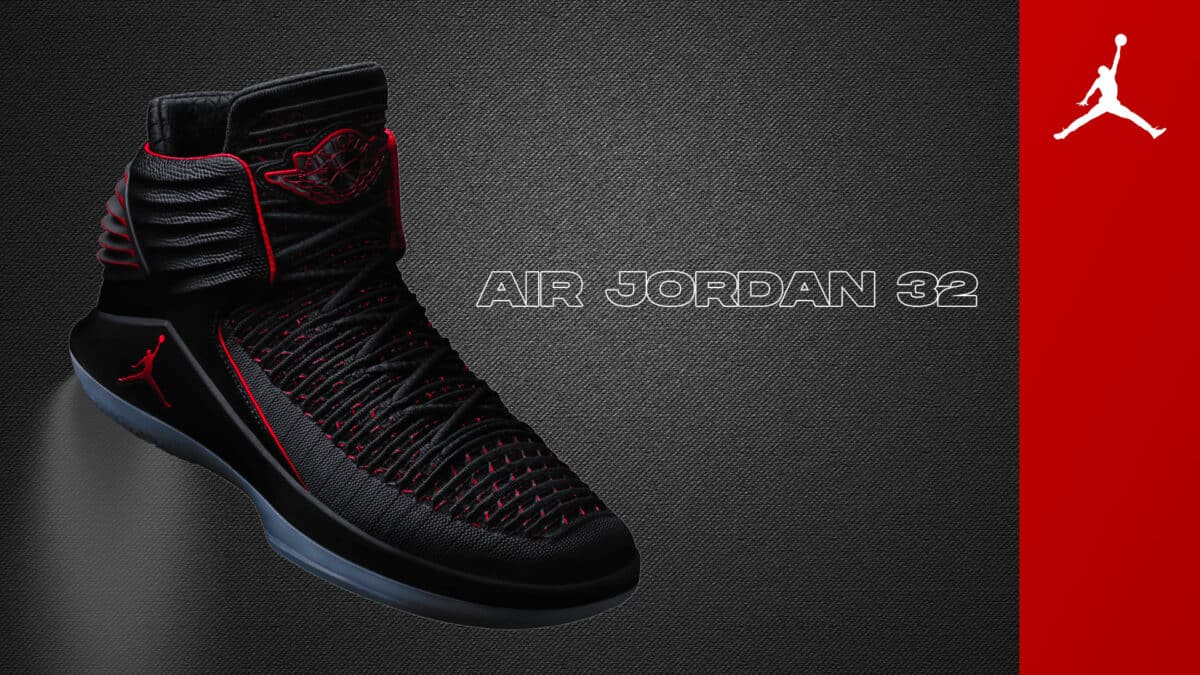
In 2017, Tate Kuerbis and the Jordan Brand team fused past and future with the Air Jordan 32. Inspired by the classic AJ II, it paired Italian-style elegance with Flyknit precision and FlightSpeed power.
Air Jordan 33

In 2018, Tate Kuerbis stripped things down with the Air Jordan 33. Focused on pure performance, it debuted FastFit—a pull-and-lock system that replaced traditional laces.
Air Jordan 34
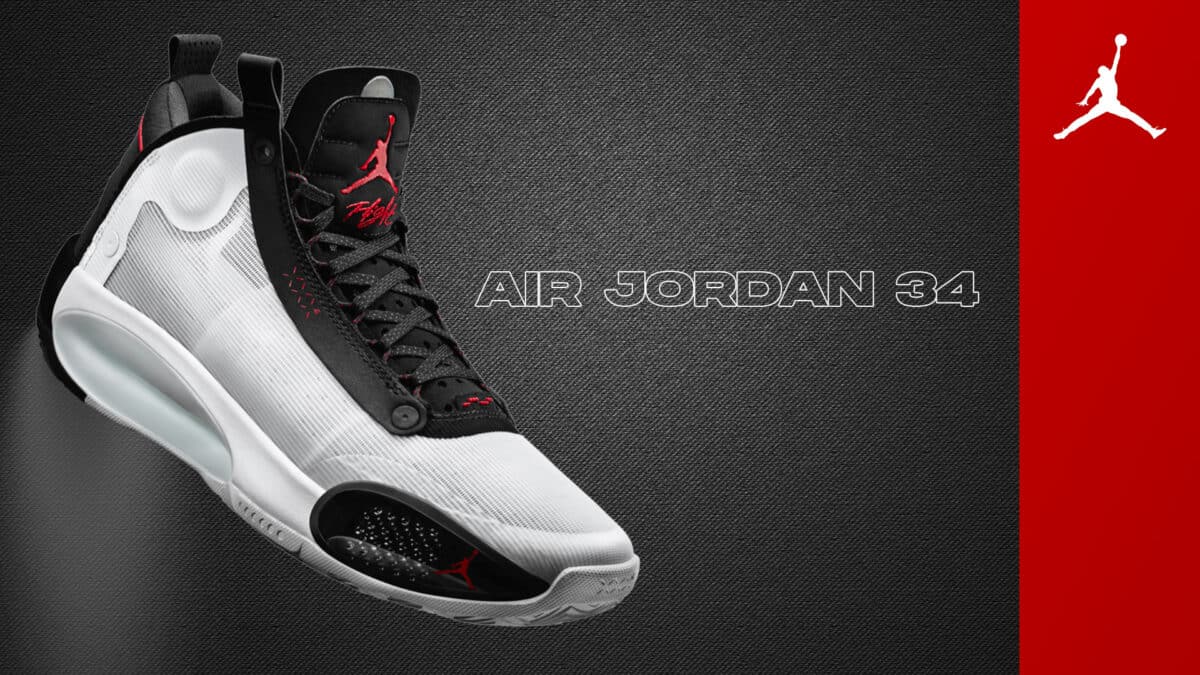
In 2019, Tate Kuerbis took “less is more” literally with the Air Jordan 34. Stripped to essentials, it delivered featherweight speed and explosive control. Anchored by the Eclipse Plate’s carbon-fibre power, it proved that cutting weight doesn’t mean cutting performance.
Air Jordan 35
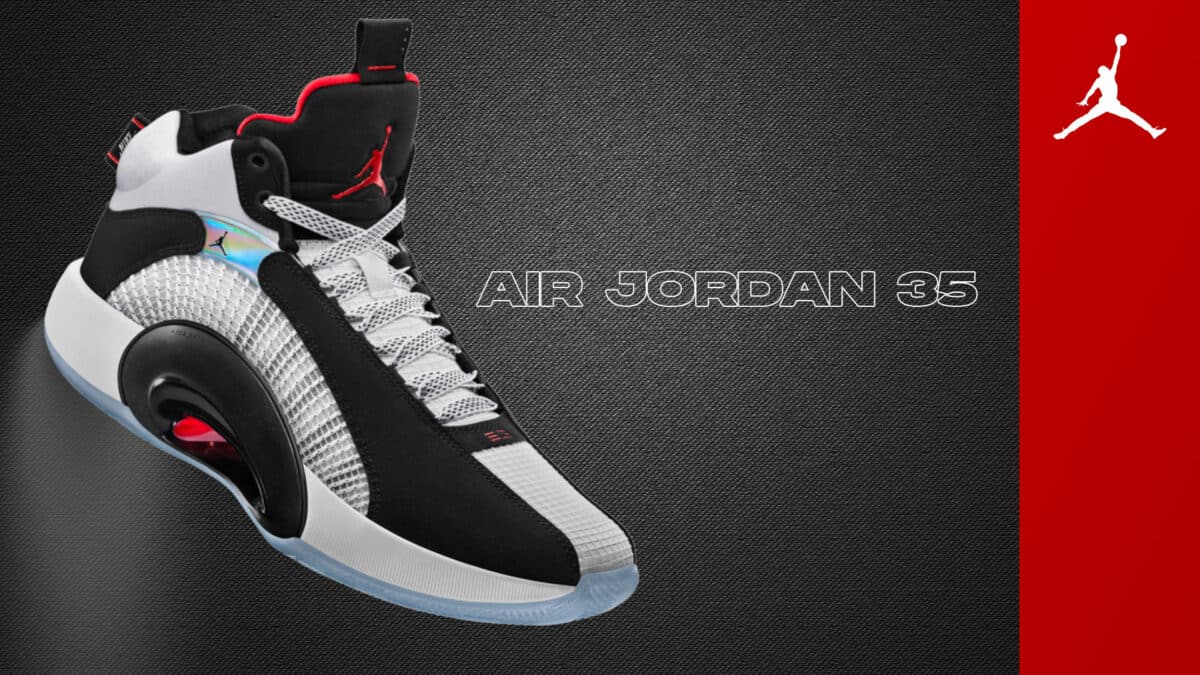
In 2020, the Air Jordan 35 kept the legacy flying high—built to boost speed, support, and swagger. Feather-light yet fierce, it let players move like lightning. It was worn by stars like Zion Williamson, Luka Dončić, and Jayson Tatum.
Air Jordan 36

In 2021, Tate Kuerbis reimagined greatness with the Air Jordan 36, blending Air Jordan V nostalgia with next-gen tech. Lightweight, responsive, and sleek, it debuted on Jayson Tatum’s feet as Boston swept Brooklyn.
Air Jordan 37
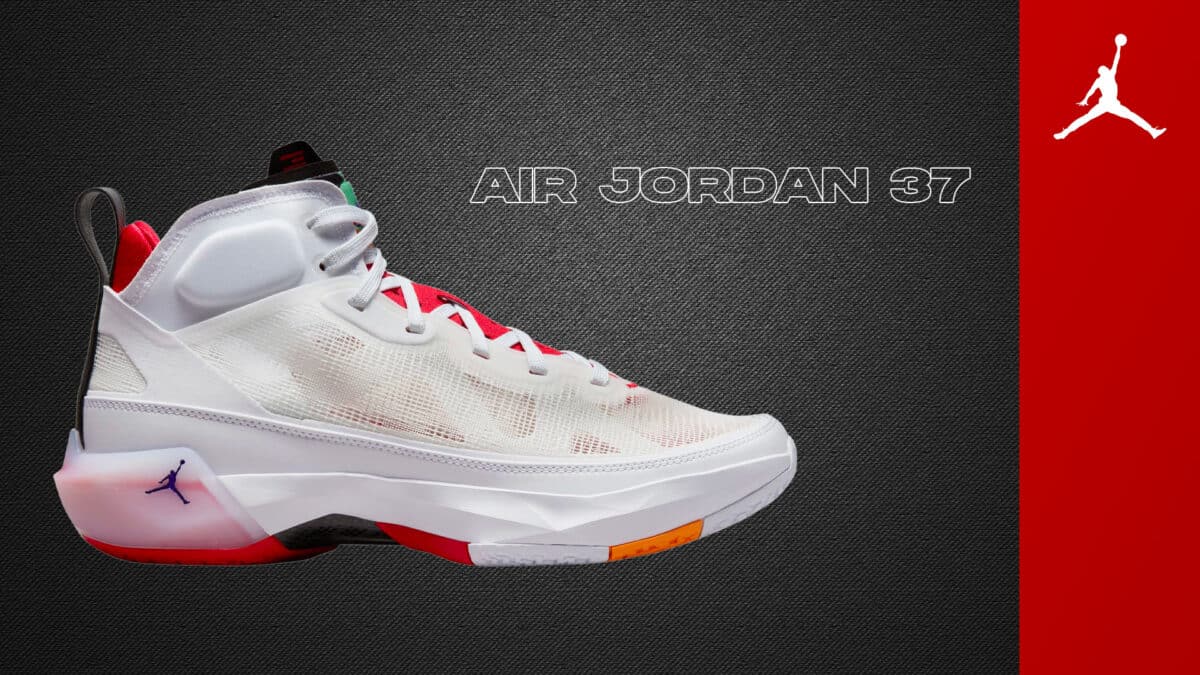
In 2022, the Air Jordan 37 took flight, paying tribute to the AJ VII with West African artistry and Swiss precision. Collaborating with Fabian Oefner, Jordan Brand blended imagination and performance, debuting Formula 23 cushioning. As Chad Troyer put it, “More confidence in landing means jumping with additional force.”
Air Jordan 38
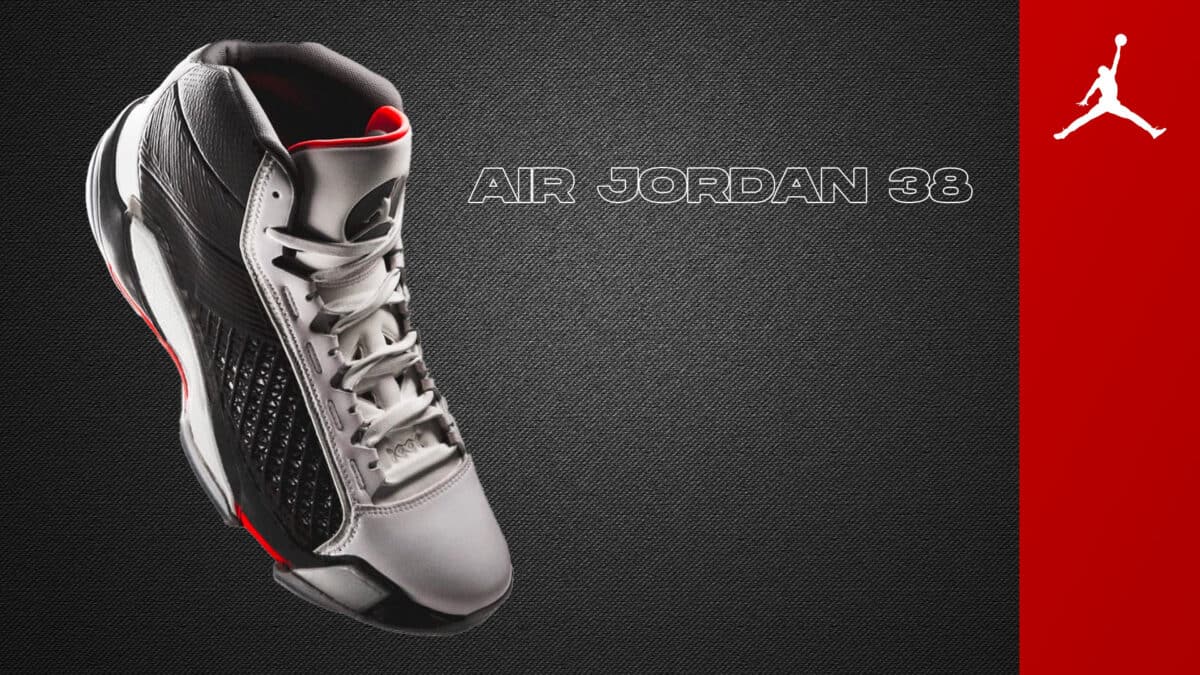
In 2023, the Air Jordan 38 honoured MJ’s 1993 dominance with storytelling stitched into every detail—41 crosshatches for points, three diamonds for titles. Echoing the Air Jordan 8’s legacy, it fused nostalgia with new-age design.
Air Jordan 39
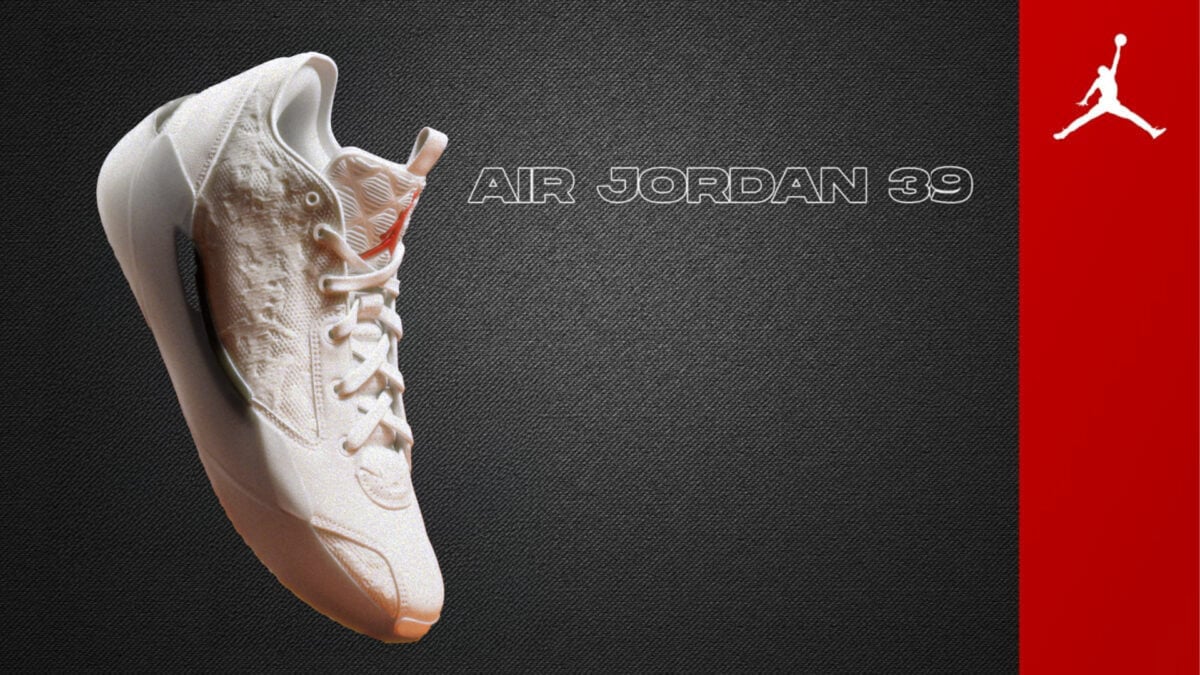
In 2024, the Air Jordan 39 brought the game back to fundamentals—with a touch of MJ flair. Debuting on Paolo Banchero during the Eastern Conference Playoffs, it balanced luxury with purpose. It was inspired by Jordan’s iconic cross-step.
Air Jordan 40

In 2025, Jordan Brand hits the big 4-0 with the Air Jordan 40—“The Classic.” A mash-up of legacy and tech, it borrows DNA from icons like the 3, 5, 12, and 18, powered by Zoom Strobel and ZoomX foam. Trae Young’s already rocking them. MJ’s past just met his future.
RELATED: The Ultimate Guide To Every Air Jordan Sneaker Release (1 to 40)
